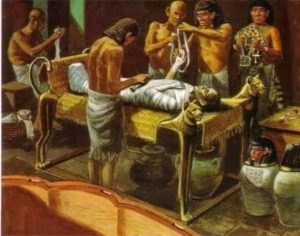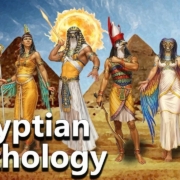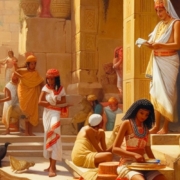The mummification process in ancient Egypt
The mummification process
in ancient Egypt was an elaborate and detailed procedure aimed at preserving the body for the afterlife , Mummification was expensive process that is why poor people couldnot afford it .
This process, which typically spanned about 70 days, involved several critical steps:
1.Removal of Internal Organs: Initially, the internal organs were removed, with the exception of the heart, considered the seat of the soul. The brain was extracted through the nose using a hooked instrument, while the liver, lungs, stomach, and intestines were removed through an incision on the left side of the body. These organs were then preserved separately in canopic jars.
2. Drying and Cleaning: The body was cleansed with palm wine and rinsed with Nile water. To dehydrate the body, it was packed with natron salt for 40 days, aiding in tissue preservation.
3. Wrapping: Once dried, the body was stuffed with linen or sawdust, resin, and other materials to restore its shape. It was then anointed with oils and resins to preserve the skin. Following this, the body was wrapped in hundreds of meters of linen bandages, with amulets and charms placed within the layers for protection in the afterlife.
4.Final Preparations: The wrapped body, now a mummy, was placed in a series of nested coffins or a sarcophagus. A funeral mask or portrait, often crafted from gold or other precious materials, was placed over the face.
5. Burial: The mummy was then interred in a tomb along with funerary goods such as food, clothing, jewelry, and other items deemed necessary for the afterlife. Tombs were often decorated with texts and scenes to guide the deceased.
Throughout this process, priests conducted rituals and prayers to ensure the deceased’s safe passage to the afterlife. The most significant ritual was the “Opening of the Mouth” ceremony, believed to restore the deceased’s senses, enabling them to eat, drink, speak, and move in the afterlife , Mummification practices varied over time and by region .
Mummification was primarily reserved for pharaohs, elites, and those who could afford the costly process, as it was believed to guarantee their immortality and status in the afterlife.
Written by ATW June 2024









